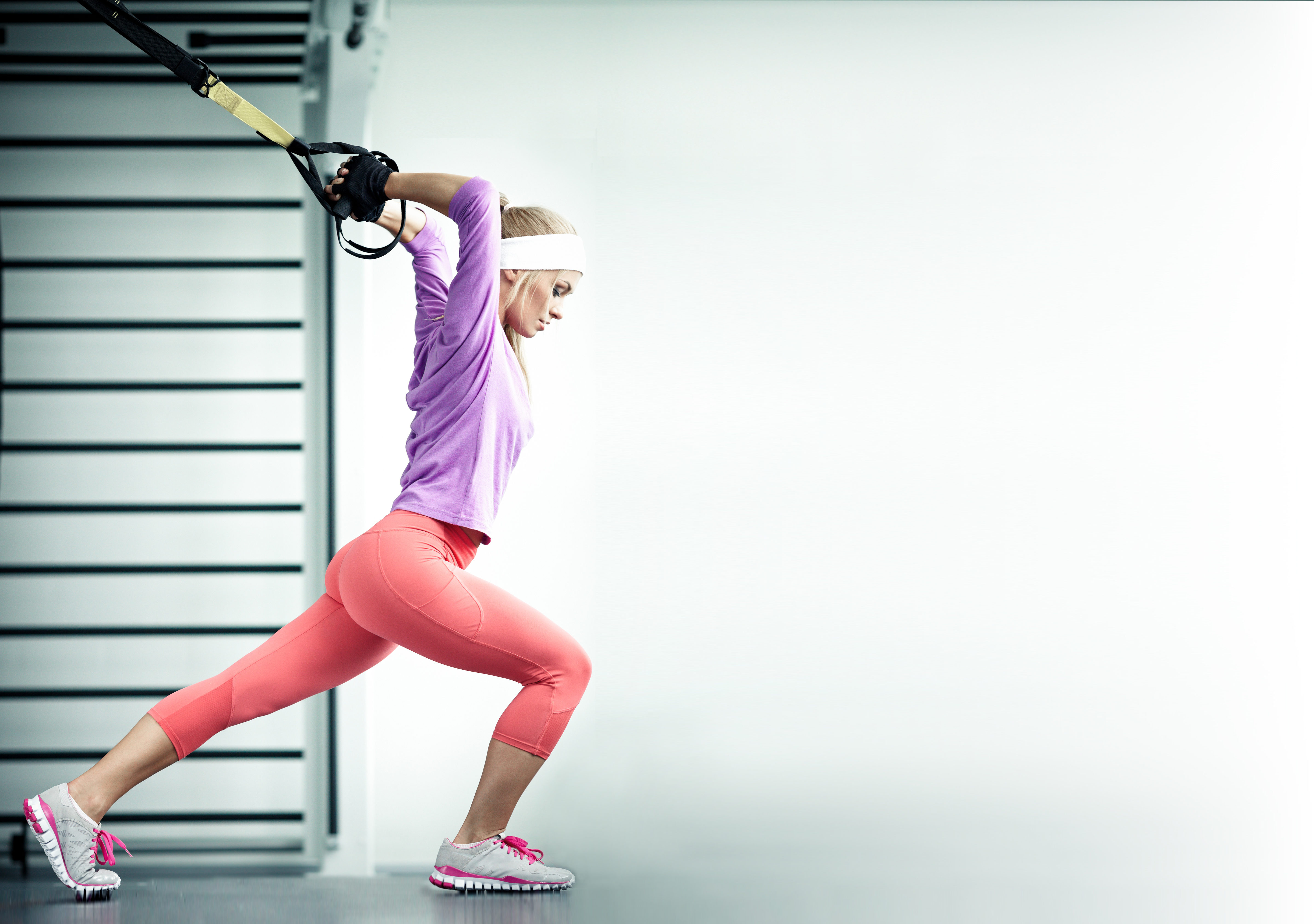by Michael Walerius and Matthew Devoti
Not too long ago, we turned the page on another new year. Resolutions of all sorts accompanied the change in the calendar for many of us. These commitments frequently focus on the want to better our mind, body and overall well-being. Often that focus leads us to the local gym, fitness center or CrossFit “Box” (to a CrossFitter, this is akin to the dojo of a martial arts expert).
Perhaps you felt motivated to evaluate your health to improve your health or happiness. Maybe you considered lifestyle revisions but have yet to act. If so, what aspects must you—as a consumer of a fitness program—consider when shopping for health and exercise? Depending upon your goals, those items might include:
» Product – What will I be doing? Is this what I am looking for? How is the product packaged? In other words, you must inquire about the program’s format and style.
» Price – How much is this going to cost me? The key to any sustainable program is matching your individual priorities with a program that you can afford.
» Environment – Who am I surrounding myself with? Are these people like me…or not like me? Same level or not? Am I alone or in a group setting? The reality is that people often achieve their greatest success when they work with others with like abilities, strengths, weaknesses and goals.
» Convenience and Availability – How often can I use the service? When is the gym open and available to me? How close is the fitness center to my house? Schedules and day-to-day life commitments play a big part in achieving one’s fitness aspirations.
» Results and Commitment – If I wholeheartedly commit to this program, how will I look, feel and live? What am I getting out of this program beyond my physical improvement?
However, the fact is that, no matter one’s avenue of fitness, the LAST thing most consumers consider is their SAFETY. The typical consumer just wants to lose weight or get ripped and toned, look good and get strong. In many cases, these goals exist without consideration of personal consequences. As a result, the fitness consumer must be prepared to be confronted by a waiver or release of liability as a condition of programming. Waivers are common tools used by many businesses, particularly those selling health and exercise programming.
The viability of a liability waiver depends not only on language used in the document but also the public policy and law of the state in which parties enter into the agreement.
Having said that, when you sign a waiver you must understand that the waiver does NOT protect YOU from injury; the waiver only serves to protect from liability the person selling the exercise program.
“How safe is this product?” is a question rarely asked by consumers. Perhaps consumers hardly ever ask the question because they figure that the waiver always protects the fitness professional from liability. In this situation, you as the client assume all risk involved in participating in a program. Do not blindly move forward. The insistence of a waiver doesn’t give the fitness industry the right to put YOU in harm’s way.
So, take it upon yourself to be actively safe in the gym. Do the following to minimize the risks inherent in participating in a health and exercise program and help move you on your way to a Safer Fitness:
Understand what you are doing. If you don’t understand how to perform a movement, ask your instructor or coach. Then ask, “Why am I doing this?” This information should give you great insight on “Is this safe for me?” while getting the results you want.
Do not perform movements beyond your level. If you are doing exercises you cannot comfortably perform, you are increasing your chance of injury and potentially only doing harm. Talk with your coach and instructor about performing more motor control movements to gain the neurological and muscular capacity to make proper progressions.
Be aware of your surroundings. Create a space for you to exercise, free from obstructions and others. Large classes or over-crowded rooms create confusion and chaos.
Review what you are doing. Be alert on what movement is next and what the demand will be as you “get in the zone.”
Understand your levels. Fatigue plays a huge role in compromising safety. Constant fatigue training isn’t the path to your success.
In summary, never be afraid to ask the questions above when shopping for a Safer Fitness or—if you’ve already started a program—ask these questions NOW at your current facility. You are making an investment in yourself. The added safety will only keep you healthier in the longevity of your fitness journey.
Michael Walerius is a fitness coach based in St. Louis, Missouri who does both remote and on-site training.








Leave A Comment